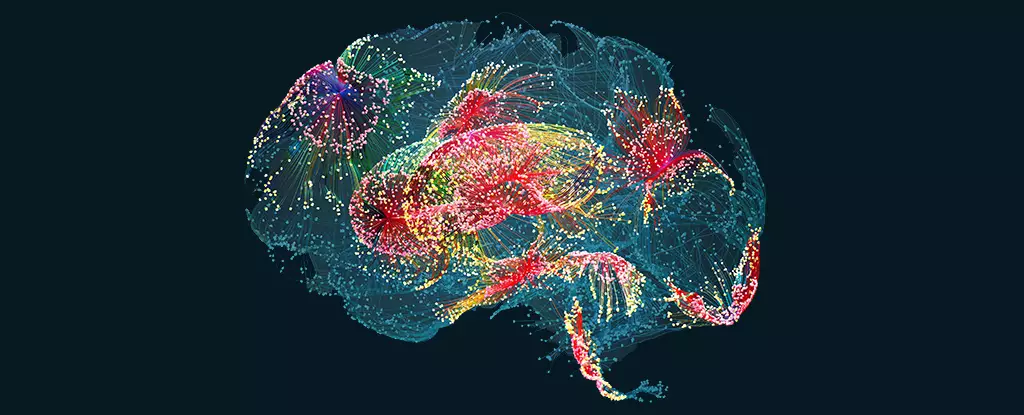In a groundbreaking development, Australian researchers have pioneered a non-invasive AI system called DeWave that has the ability to convert silent thoughts into text. This cutting-edge technology requires users to wear a snug-fitting cap that records brain waves via electroencephalogram (EEG) and decodes them into text. The implications of this research are far-reaching, as DeWave has the potential to revolutionize communication for stroke and paralysis patients as well as enable seamless man-machine interaction.
Traditional methods of translating brain signals into language have been hampered by the need for invasive surgeries to implant electrodes or bulky MRI machines, which are neither practical nor cost-effective for everyday use. Additionally, these methods often rely on eye-tracking technology to convert brain signals into word-level chunks. However, DeWave aims to overcome these challenges by providing a non-invasive and more accessible alternative.
A significant hurdle in teaching AI to interpret individual thoughts lies in the variations of brain waves among different individuals. Unlike conventional methods that use eye tracking to indicate the corresponding word target, DeWave tackles the complex task of directly translating raw EEG waves into words. The research team behind DeWave has developed an innovative approach that incorporates discrete encoding techniques, allowing for precise neural decoding.
To enhance the accuracy of DeWave, the researchers utilized trained language models that combined the power of BERT with GPT. These models were tested on existing datasets of individuals who had both eye tracking and brain activity recorded while reading text. This enabled the system to learn and match brain wave patterns with specific words. DeWave was then further trained with an open-source large language model, which synthesized sentences from the identified words.
Performance and Challenges
During the experiments conducted by the research team, DeWave achieved an impressive accuracy of over 40 percent based on one set of metrics. While this represents a 3 percent improvement on the previous standard for thought translation from EEG recordings, the ultimate goal is to achieve an accuracy of around 90 percent – on par with conventional methods of language translation and speech recognition software.
It is worth noting that DeWave demonstrated superior performance in translating verbs, while nouns presented some challenges. Instead of providing exact translations, nouns were often translated as pairs of words with similar meanings. This phenomenon may be attributed to the brain’s semantic processing, which produces similar wave patterns for semantically related words. Despite these challenges, DeWave’s model yields meaningful results, aligning keywords and forming similar sentence structures.
The reliability of DeWave is underscored by the relatively large sample size tested, which accounts for the significant variations in EEG wave distributions among individuals. This distinguishes DeWave from earlier technologies that relied on small sample sizes and renders the research more robust and dependable.
As with any pioneering technology, there is still work to be done. Although DeWave has proven effective with a cap-received EEG signal, the signal can be noisy compared to signals obtained with implanted electrodes. This aspect presents an opportunity for further refinement and improvement.
The translation of thoughts directly from the brain is a complex yet invaluable pursuit that warrants ongoing effort and exploration. As Large Language Models continue to advance, it is crucial to devote increased attention to similar encoding methods that bridge brain activity with natural language. The development of DeWave represents a significant milestone in neuroscience and AI, offering possibilities for enhanced communication and man-machine integration.
The research was presented at the NeurIPS 2023 conference, and a preprint is available on ArXiv.

Leave a Reply